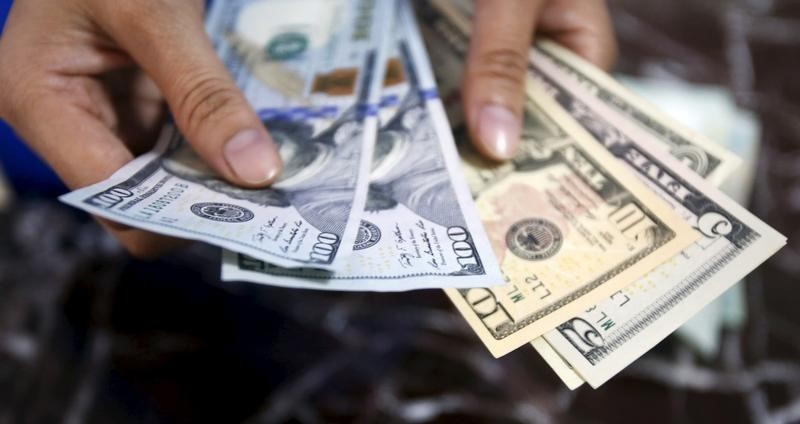* Dollar hovers near 11-year highs against Canadian dollar
* Commodity currencies struggle to gain traction
* Oil prices close to near 7-year lows after Monday's 6 pct slide (Updates prices, adds comments)
By Masayuki Kitano and Ian Chua
SINGAPORE/SYDNEY, Dec 8 (Reuters) - The U.S. dollar held firm against commodity currencies on Tuesday and hovered near decade-highs against its Canadian peer, which has come under renewed pressure this week due to tumbling global oil prices.
Commodity currencies also remained on the defensive after Chinese trade data for November did little to soothe concerns about China's economic slowdown.
The greenback edged up 0.1 percent against the Canadian dollar to C$1.3514, trading near Monday's 11-year high of C$1.3524, the strongest level for the U.S. dollar since mid-2004.
OPEC's inability to agree on a production ceiling last Friday meant that supply will continue to depress oil prices. The decision gave investors the green light to sell crude and currencies of oil exporters such as Canada and Norway.
"The decline in oil prices... will not be a one-night trade. Anticipate further downward pressure on oil prices, bond yields and commodity currencies," said Richard Grace, chief currency and rates strategist at Commonwealth Bank of Australia.
"With no major U.S. economic data until U.S. retail sales on Friday, commodity price themes will drive trading this week."
Crude oil futures on Tuesday remained close to near 7-year lows. On Monday, they tumbled 6 percent and touched their lowest levels since February 2009.
The U.S. dollar will probably stay firm against the Canadian dollar in coming months, given the weakness in oil prices and the differing outlook for U.S. and Canadian monetary policies, said Masashi Murata, currency strategist for Brown Brothers Harriman in Tokyo.
"I think what it all comes down to is the fact that the Canadian economy looks weak," Murata said, adding that the U.S. dollar will probably rise to C$1.40 in the first half of 2016.
While the Federal Reserve is seen likely to raise U.S. interest rates at its policy meeting next week, and to gradually raise them further in 2016, the Bank of Canada is not expected to raise interest rates until the first quarter of 2017.
The Australian dollar fell 0.3 percent to $0.7243 as this week's tumble in oil prices weighed broadly on commodity currencies.
The euro edged up 0.2 percent to $1.0853 EUR= , staying well above last week's trough of $1.0523.
After the vicious short squeeze sparked by disappointment over the European Central Bank's modest easing measures, investors are wary about quickly re-establishing bearish euro positions.
The dollar slipped 0.2 percent against the yen to 123.09 yen JPY= .
(Editing by Eric Meijer and Richard Borsuk)
